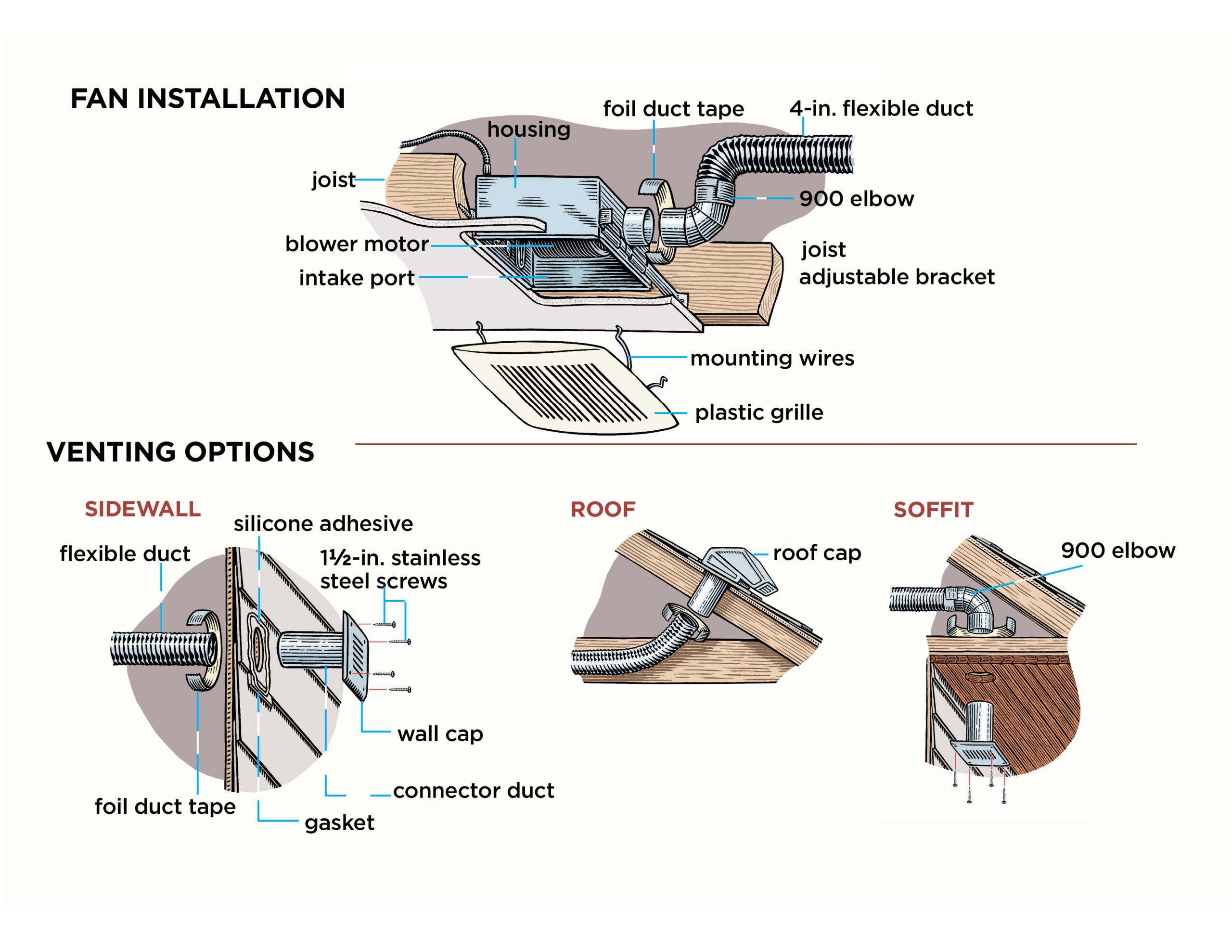Troubleshoot Potential Causes

Bathroom fan outlet not working – A non-functional bathroom fan outlet can be caused by various issues. It’s crucial to pinpoint the root cause to effectively address the problem.
The bathroom fan outlet not working can be a frustrating issue, especially if you’re trying to keep your bathroom smelling fresh. If your bathroom exhaust fan is too loud, it can also be a nuisance. You can find more information about bathroom exhaust fan sound level online.
However, if your bathroom fan outlet is not working, you may need to call an electrician to fix it.
Common culprits include tripped circuit breakers, blown fuses, or faulty wiring. Let’s delve into each potential cause and explore troubleshooting steps.
A malfunctioning bathroom fan outlet can be a real headache, leaving you with lingering odors and excess moisture. If you’re looking for a solution, be sure to check out bathroom fans reviews uk for expert recommendations and insights. By reading through these reviews, you can make an informed decision on the best replacement fan for your specific needs, ensuring optimal ventilation and a fresh, comfortable bathroom environment.
Circuit Breakers
- Circuit breakers protect electrical circuits from overloads. A tripped breaker indicates excessive current flow, which can be caused by a faulty fan motor or overloaded circuit.
- Locate the electrical panel and identify the breaker labeled for the bathroom. Reset it by flipping the switch from the ‘tripped’ to the ‘on’ position.
- If the breaker trips again after resetting, it suggests a more severe electrical issue that requires professional attention.
Fuses
- Fuses are another type of electrical protection device that can blow when excessive current flows. A blown fuse will need to be replaced with one of the same amperage rating.
- Locate the fuse box and identify the fuse designated for the bathroom fan. Replace the blown fuse with a new one.
- If the new fuse blows immediately, it indicates a potential short circuit or other electrical fault that requires further investigation by a qualified electrician.
Wiring
- Faulty wiring can also cause a bathroom fan outlet to malfunction. Loose connections, damaged wires, or improper wiring can disrupt the electrical flow.
- Inspect the wiring around the outlet for any visible damage, such as frayed insulation or loose connections. Tighten any loose connections and repair any damaged wires.
- If you are not comfortable working with electrical wiring, it is advisable to consult a licensed electrician for assistance.
Identify Fan Motor Issues: Bathroom Fan Outlet Not Working

A faulty bathroom fan motor can manifest in various ways, such as humming noises, slow rotation, or complete failure to operate. Identifying the issue with the motor is crucial for effective troubleshooting.
To test the fan motor, you’ll need a multimeter. Set the multimeter to the ohms setting and disconnect the fan from the power source. Touch the probes to the motor terminals; if the multimeter reads zero or close to zero, the motor is likely faulty and needs to be replaced.
Replacing a Bathroom Fan Motor, Bathroom fan outlet not working
- Disconnect the power supply to the fan.
- Remove the fan housing and locate the motor.
- Disconnect the wires from the motor and remove the mounting screws.
- Install the new motor and reconnect the wires.
- Reassemble the fan housing and restore power.
Inspect Ventilation System

Proper ventilation in bathrooms is crucial to prevent moisture buildup and mold growth. Inadequate ventilation can lead to a musty odor, peeling paint, and even health problems.
To check if the ventilation system is functioning correctly, examine the exhaust vents and ducts. Ensure that the vents are not blocked by dust or debris and that the ducts are clear of any obstructions.
Cleaning and Maintenance
- Regularly clean the exhaust vents and ducts to remove dust and debris.
- Use a vacuum cleaner with a brush attachment to clean the vents.
- For ducts, use a long-handled brush or a duct cleaning kit.
- Consider having the ventilation system professionally inspected and cleaned every few years.